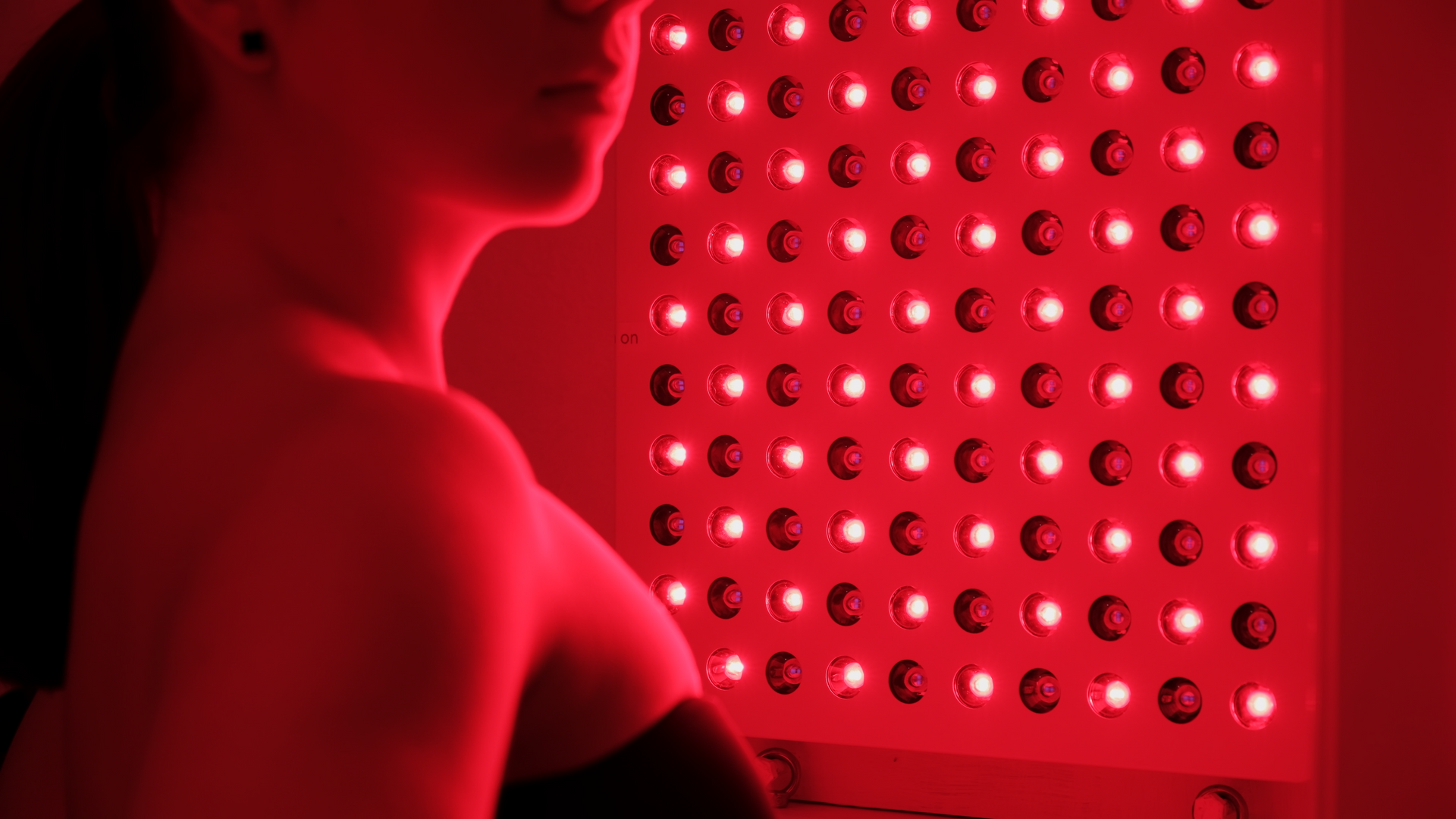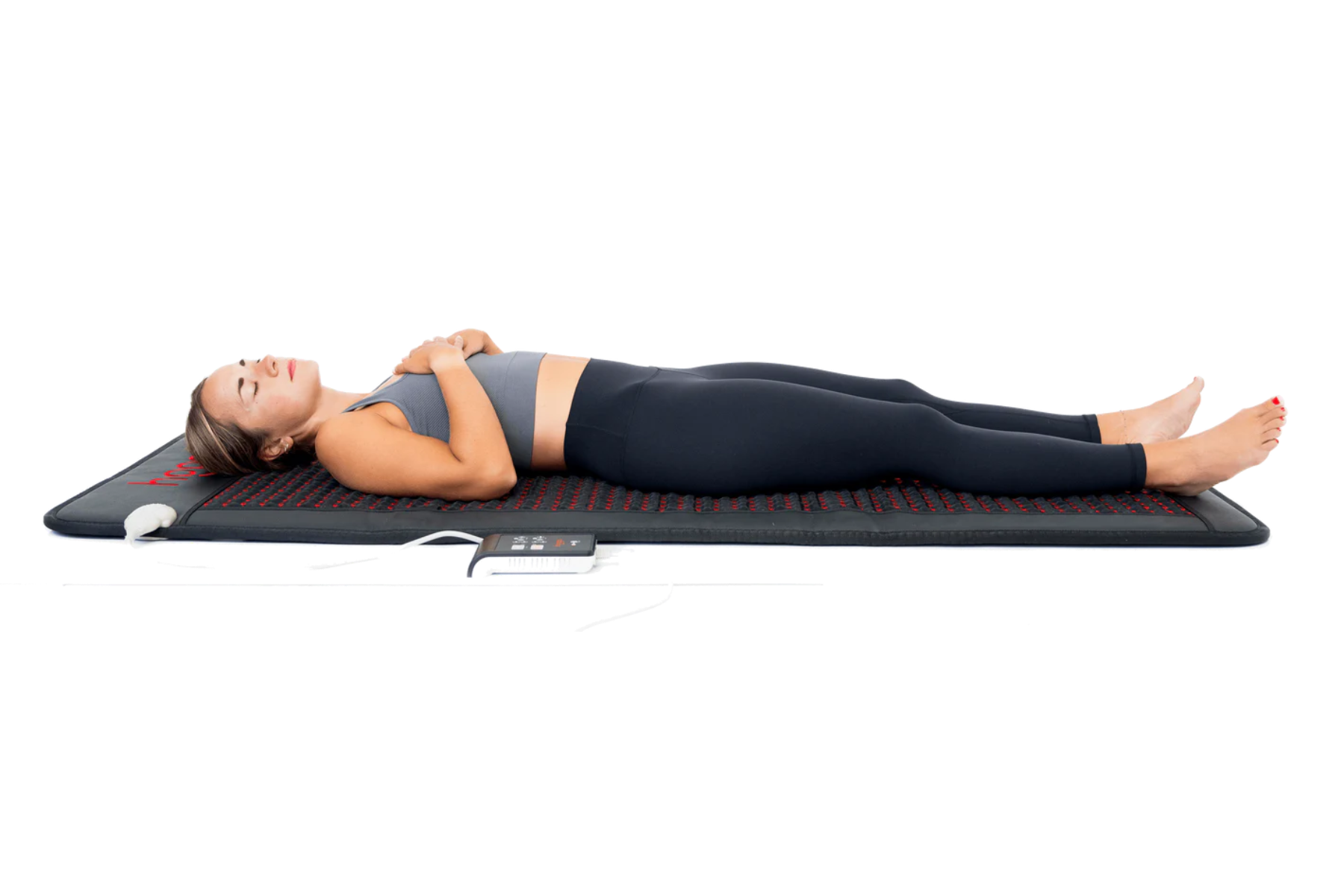Red Light Therapy (Photobiomodulation) Improves Metabolism & Blood Sugar Regulation
Emerging research presents fascinating potential implications of Red Light Therapy for metabolic health and blood sugar regulation. This blog post dives deeper into these findings.

As a refresher from our previous blog post, Red Light Therapy (RLT) and Near-Infrared Light Therapy (NIR) use specific wavelengths of light to penetrate the skin and stimulate cellular activity, but they differ in depth of penetration and biological effects.
Red Light (Visible Light, 620-700nm)
Penetrates shallow layers of the skin (up to 5-10mm deep), primarily affecting skin cells and surface-level tissues, blood circulation and cellular energy production.
Near-Infrared Light (Invisible Light, 700-1100nm)
Penetrates deeper into muscles, joints, and bones (up to 50mm deep), reaching the mitochondria in deeper tissues, promoting cellular repair and regeneration.
Exploring the Impact of Red Light Therapy on Metabolism and Blood Sugar Regulation
Red light therapy, also known as photobiomodulation, has gained attention for its potential health benefits, including effects on metabolism and blood sugar regulation. This non-invasive treatment involves exposing the body to low levels of red or near-infrared light, aiming to enhance cellular function and overall metabolic health.
Effects on Metabolism
Emerging research suggests that red light therapy may influence metabolic processes. For instance, studies have indicated that red light exposure can increase metabolic rate, potentially aiding in weight management.
Blood Sugar Regulation
One of the intriguing areas of research is the impact of red light therapy on blood glucose levels. Some studies have observed that red light exposure can lead to reductions in peak blood-sugar levels in individuals. For example, research involving patients with normal blood-sugar levels found that red-light therapy on their backs led to reductions in peak blood-sugar levels compared with the control group.
Insights from Experts
Experts like Professor Glen Jeffery, Dr. Andrew Huberman, and Dr. Roger Seheult have discussed the potential of red light therapy in supporting mitochondrial function, which plays a crucial role in energy production and metabolic health. In an interview, Seheult highlighted that red light significantly lowers blood glucose levels in humans by enhancing mitochondrial activity.
Considerations and Future Research
While the preliminary findings are promising, it's essential to approach red light therapy with caution. Consumers should be cautious of exaggerated claims and verify the therapeutic quality of the devices.
Conclusion
Red light therapy presents a fascinating area of research with potential implications for metabolic health and blood sugar regulation. With Red Light Therapy trending on social media, it's important to note that all lights with a rouge hue are not created equally. At Total Human Protocol, we proudly offer FDA Class II Medical Grade Therapeutic lights.
If this is an area of health you are looking to improve, take the first step to discover your protocol today!
Have you tried Red Light Therapy? Share your experience in the comments below!
Want to learn more? No gatekeeping here!
Below is a great episode of Huberman Lab, where Dr. Andrew Huberman dives even further into the science behind Red Light Therapy and how it affects metabolism and blood sugar regulation (33:24).
Into scientific articles? Check this out!
Light stimulation of mitochondria reduces blood glucose levels




